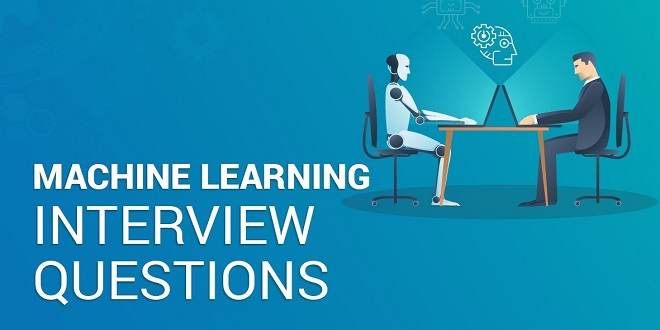HR Solutions – Shifting Focus from Paperwork to Partnership

HR is your culture keeper
The best HR reps advocate for both employees and management. They’re a people-friendly bridge between the two. Your cultural tone is set by the way HR relates to workers through one-on-ones, group sessions, and communications. Ideally, employees walk away from HR encounters feeling heard, respected, valued—by both HR and management. It’s also imperative that HR reps speak candidly with company leaders if they feel that decisions, even at the highest level, could damage employee relations. One amazing statistic that points to this importance: On average, only 50 percent of new hires stick around longer than six months. HR’s capacity to elevate the culture and provide outstanding internal “customer service” can keep turnover low and training costs lower.
Pull HR into the inner circle
At executive-committee meetings and strategic-planning sessions, make a place at the table for your HR chief. He’ll prod you to see every issue through the eyes of employees and in the context of your company’s capabilities and goals. Really, what issue isn’t an employee issue? HR’s guidance on various protocols and legalities that pop up is also valuable. Consider HR the go-to leader for big-picture thinking that balances human, financial, technological, and market factors.
Print your policies
A comprehensive employee manual proves that everyone receives fair and consistent treatment, and that your company respects the balance between work and life. The manual covers a variety of issues, including company benefits, compensation guidelines, work rules, employment conditions, and leaves of absence. Committing policies to print improves the odds that supervisors will correctly administer them. The manual might also protect you from spurious legal claims.
Offer competitive compensation
The healthiest of companies pay competitive wages but are also fiscally responsible. That second part isn’t easy. Too many owners dig a financial hole for themselves by over-committing resources to attract and retain talent. Our base salaries were fair but unexceptional, although go- getters fattened the paychecks through individual and team performance bonuses. What put us at the top of the “Best Places to Work” list was the caring culture.
Provide healthy health benefits
Offering competitive health benefits (medical, dental, disability, vision, and chiropractic coverage) helps recruit and retain topflight employees. That boosts morale, productivity, and commitment to the company and its goals. Roughly 60 percent of employees value health insurance more than any other benefit.
Offer an Employee Assistance Program (EAP)
EAP providers offer phone banks staffed by trained counselors. Your people can call for help with nearly any issue—including emotional health, family crisis, financial stress, and chemical dependency. Any one of these issues can inflict enormous emotional suffering, torpedo job performance, and damage your culture. Many EAPs, typically offered in conjunction with a health insurance plan, can also guide you through legal land mines, and most are surprisingly affordable on a per-employee basis.
The slang tech refers to technical terminology or jargon used by individuals in the technology field. It includes abbreviations, acronyms, and specialized language specific to technology-related subjects.
Last word
Remarkably, small employers tend to think they can withhold health benefits without suffering blowback. According to a recent Employee Benefit Research Institute Small Employer Health Benefits Survey, companies that provide health benefits have overwhelmingly stronger cultures than those that don’t. Moreover, businesses without benefits tend to pay considerably lower salaries and have a smaller proportion of full- time employees. Those same firms report that most of their employees quit after a few months.




